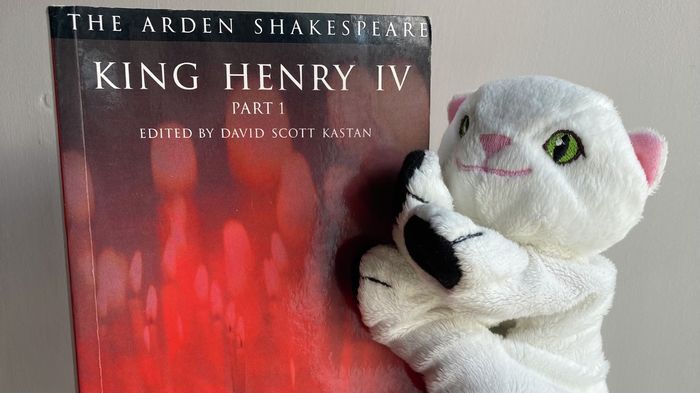Canines on canvas
Inspired by the Wallace Collection’s ‘Portraits of Dogs’, Esmé Cockain celebrates her favourite depictions of man’s best friend
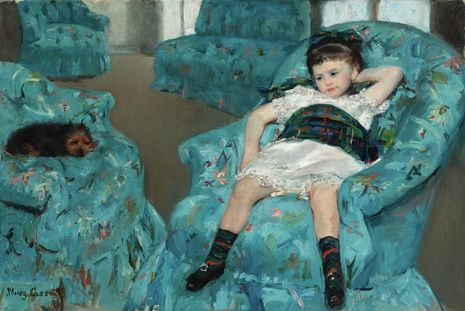
Visiting an art gallery can be intimidating. You find yourself stepping into a stark white room – dead silent, except for the faint echoes of visitors’ footsteps. While others stare intently at a painting, it’s easy to find yourself wondering what on earth they see in it. Turning to the accompanying label for clarification, you may find that the proclamations of an artwork’s mastery and philosophical meaning don’t always match the rather unassuming artwork that they describe. But “good” art has no singular definition. A painting doesn’t need to convey the secrets of the universe to be enjoyed. It’s refreshing to take art at face value, to appreciate a picture of a dog for what it is: a picture of a dog. Sometimes art can be … just cute.
As someone who is obsessed with all things canine but has never had a dog of their own, I had to find a way to inject some dog-induced joy into my life. So, with a nod to the Wallace Collection’s “Portraits of Dogs: from Gainsborough to Hockney", which is showing in London until October, here are my top five depictions of dogs in art.
Little Girl in a Blue Armchair is a firm favourite. The girl’s slumped posture and disinterested expression gives the painting an endearing and relatable quality, while the dozing dog curled up beside her adds to the atmosphere of fatigue and childish innocence. This little dog is thought to be Cassatt’s own: a Brussels Griffon named Baptiste, gifted to her by Degas. One can’t help but laugh at the size of the tiny dog perched upon the expanse of turquoise upholstery.
While many Impressionists ventured outdoors, capturing fleeting moments in the streets of Paris, female Impressionist painters often found themselves confined by the rules of decorum imposed on “respectable” women. As such, Mary Cassatt, along with fellow artists like Berthe Morisot and Marie Braquemond, brought the innovation of Impressionism indoors. Their depictions of the everyday lives of women have only recently been receiving the recognition they deserve.
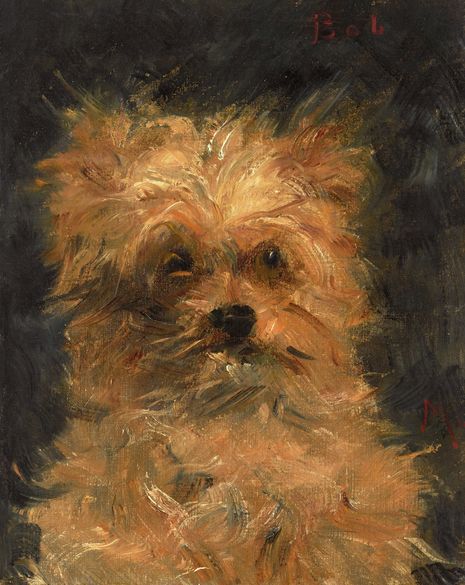
While Édouard Manet was praised for his role in bridging the gap between the Realist and Impressionist movements, he was also the artist behind this masterpiece. Commissioned by his supporter and patron Jean Baptiste Faure, Bob is one of a small number of dog paintings that Manet created for his friends. The chaotic, loose brushstrokes give this dishevelled creature such character and life that you have to resist the urge to reach into the canvas and give him a pat on the head.
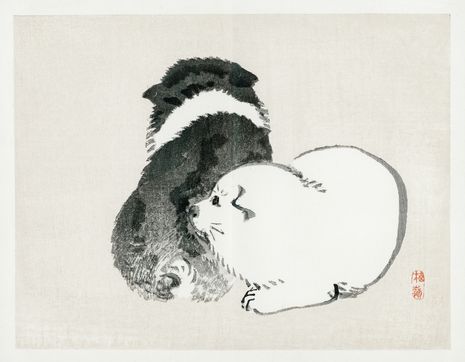
These two adorable puppies were created using the traditional Japanese ukiyo-e (woodblock) technique. Despite Bairei’s bold black strokes, the puppies appear fluffy, friendly and round. The work’s unpretentiousness doesn’t denote a lack of skill, however. It’s impressive that so much information can be conveyed with so few lines. Bairei was considered a master of Kachō-ga, which literally translates to "images of flowers and birds", but the genre also encompasses all creatures of the natural world besides humans.
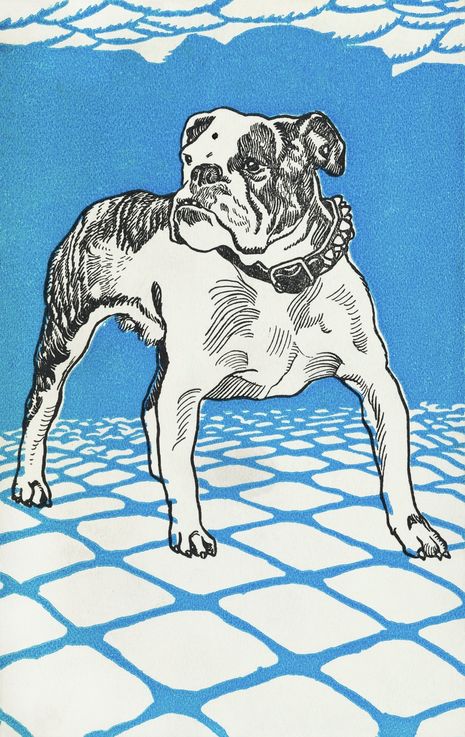
Then there’s this playful pup. While the surly bulldog has a twenty-first century appearance with its striking colours and deceptively simple linework, it was actually created in 1912 by a relatively unknown Czech artist named Moriz Jung. The artist formed part of an art cooperative, the "Vienna Workshop", aiming to incorporate design in everyday life and demonstrate the true value of decorative art. To do so, the cooperative produced over a thousand postcard designs which proved to be a popular and affordable way to share their work.
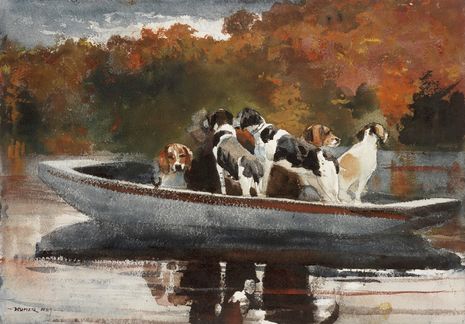
It’s entertaining to imagine that these dogs have hopped into a boat of their own accord, setting off on a wild adventure, but the reality is decidedly less fun. This scene depicts a deer-hunting practice, where hounds are used to lure deers into water to tire them out. The artist, Winslow Homer, is famed for his skillful portrayals of the relationship between man and nature. The painting feels at once peaceful and full of energy. The colours are harmonious, with the browns and oranges of the dogs’ coats matching the autumnal leaves of the surroundings. The water is still and serene but the dogs stand poised and attentive. The anticipation is tangible, and I like to believe that they’re excited for their group adventure.
 Comment / Cambridge is right to scrap its state school target1 May 2024
Comment / Cambridge is right to scrap its state school target1 May 2024 News / Academics call for Cambridge to drop investigation into ‘race realist’ fellow2 May 2024
News / Academics call for Cambridge to drop investigation into ‘race realist’ fellow2 May 2024 News / Gender attainment gap to be excluded from Cambridge access report3 May 2024
News / Gender attainment gap to be excluded from Cambridge access report3 May 2024 News / Cambridge postgrad re-elected as City councillor4 May 2024
News / Cambridge postgrad re-elected as City councillor4 May 2024 Comment / Accepting black people into Cambridge is not an act of discrimination3 May 2024
Comment / Accepting black people into Cambridge is not an act of discrimination3 May 2024

